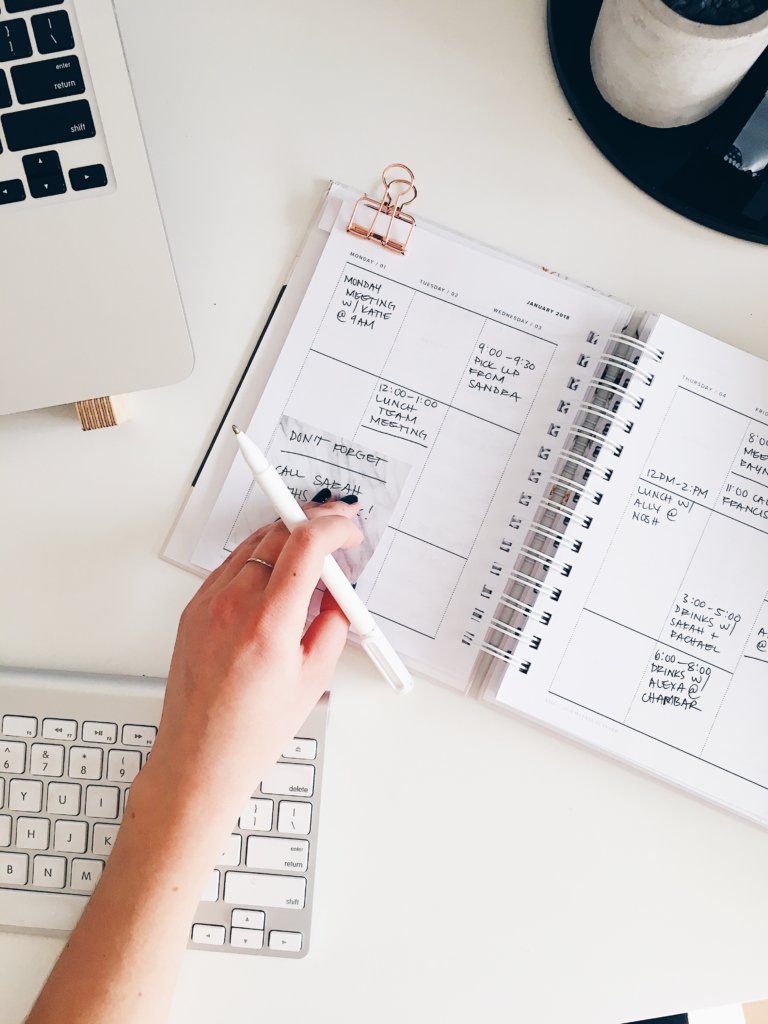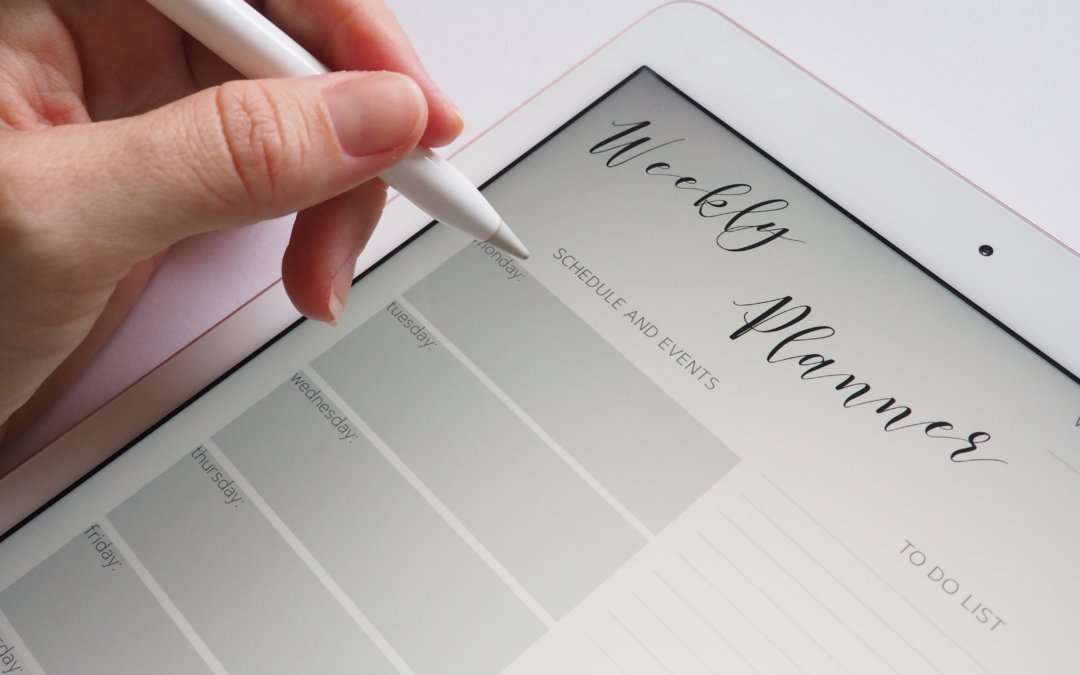
Choosing the right planner can greatly help you stay organized and productive. Here are some steps to help you select a planner that suits your needs:
- Identify Your Goals and Needs:
- Determine why you need a planner. Is it for work, personal life, or a combination of both?
- Consider what you want to achieve with your planner, such as better time management, goal tracking, or simply keeping track of appointments.
- Determine Your Planning Style:
- Are you a visual learner who prefers to see tasks and events on a monthly or weekly calendar view?
- Do you need space for detailed notes, to-do lists, or project planning?
- Size and Portability:
- Consider the size of the planner. Larger planners offer more writing space, but they might be less portable.
- Think about where you’ll be using it. Do you need it to fit in a small bag or sit on your desk?
- Layout and Format:
- Choose a layout that suits your preferences. Common options include daily, weekly, monthly, or a combination.
- Look for features like tabs, dividers, and page markers to help you navigate easily.
- Paper Quality:
- Pay attention to the paper quality. Smooth, thick pages are often more enjoyable to write on and prevent ink bleeding or smudging.
- Binding and Durability:
- Consider the binding. Spiral-bound planners lay flat but may not be as durable as sewn or glued bindings.
- Check if the cover is sturdy enough to withstand daily use.
- Customization Options:
- Some planners offer customization options, allowing you to add or remove pages, choose cover designs, or personalize your planner to better fit your needs.
- Extras and Features:
- Evaluate any extra features that may be important to you, such as goal-setting sections, habit trackers, or pockets for storing loose papers.
- Budget:
- Determine your budget for a planner. High-quality planners with additional features tend to be more expensive, so weigh the cost against your needs.
- Read Reviews and Get Recommendations:
- Read reviews and seek recommendations from friends, family, or online communities to get insights into how well a particular planner works for others.
- Try Before You Buy:
- If possible, visit a store to physically examine the planner you’re interested in. This will help you assess paper quality, size, and layout in person.
- Consider Digital Options:
- If you prefer digital planning, explore apps and software that offer the features you need. Digital planners are often customizable and can sync across devices.
- Test and Adjust:
- Don’t be afraid to experiment with different planners until you find the one that suits you best. What works for one person may not work for another.
Remember that the perfect planner is a personal choice, and what works best for you may not work for someone else. Take the time to assess your needs and preferences to make an informed decision.

